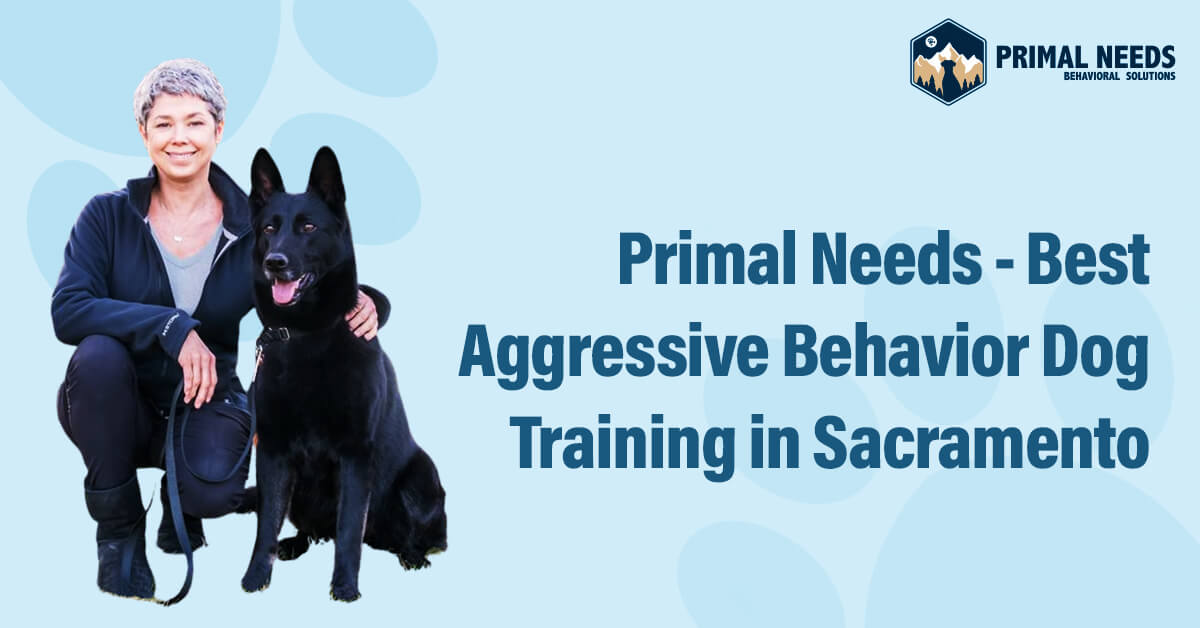Ibiza is well known for its wild nightlife and parties; the super clubs are massive and can accommodate thousands of people inside them. The music is always on point and ranges from all types of different electronic genre, from house, tech house, techno, drum and bass, trance and even some Latin and Reggaeton parities. However, it’s not all about the night life and night clubs, don’t forget about the day parties and pool parties as well!
Some people prefer to party during the day, beside a pool while dancing to the music in their swimming trunks while sipping on a cocktail, and then maybe head to a club afterwards. Below we have listed some of Ibiza’s best pool parties!
Ibiza Pool Parties
Ibiza Rocks
Ibiza Rocks is hotel and an outside venue that hosts daily house, tech house and RnB day pool parties. The parties normally start around 2pm and run until 11pm. The venue consists of a mid-sized pool, a long bar, a big DJ stage and plenty of space to dance! The venue is located in San Antonio, a short walk from the city centre or the port and the entrance normally cost between €15-€35.
Ushuaia
Ushuaia Beach Club is located in the heart of Playa d’en Bossa and is one of the most popular day venues, it is also a hotel. The place is very luxurious and hosts parties normally from 5pm until 11pm. The entry here is a bit more expensive and ranges from around €50-€60, some parties such as David Guetta or Calvin Harris are a little bit more expensive.
Destino
Destino is another splendid day venue located in Talamanca. The entry prices tend to be similar to Ushuaia however please note that Destino does not host parties everyday like the two we listed above. Here you have the chance to experience Marco Carola’s Music On parties and Solomun live!
As you can see most of the venues in Ibiza that host day pool parties are also hotels. One big plus to remember is that if you’re a guest then you will get free entry to all events! So, if you’re a lover of pool parties then consider booking one of the hotels and experience the parties all day long!
